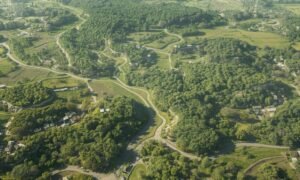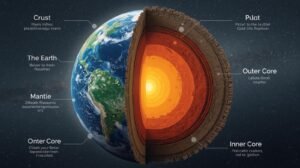The Ground Beneath Us
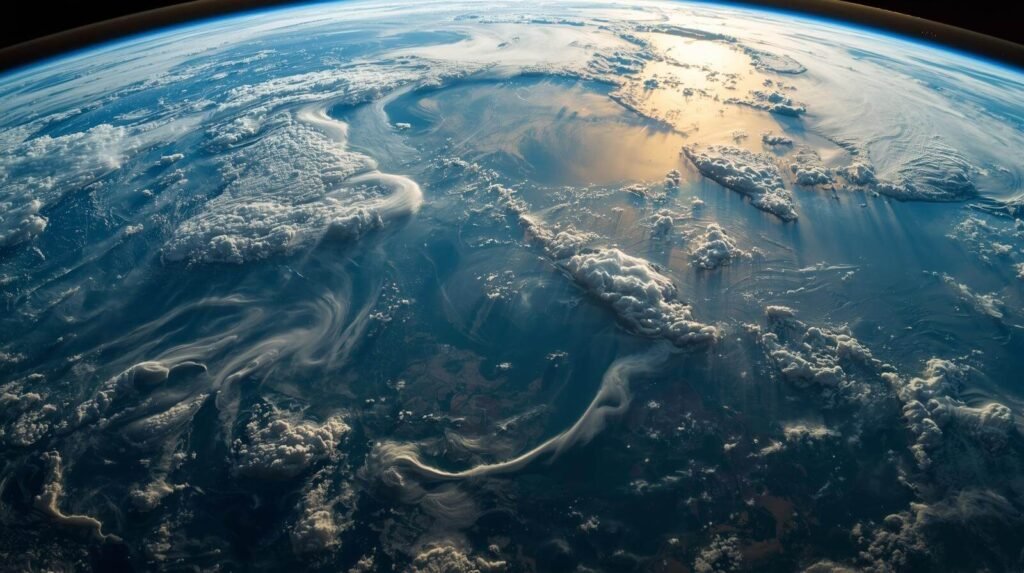
Earth: Our Life-Sustaining Planet
The ground beneath our feet is part of a unique world — the planet we call home It is the only planet known to sustain life. Its rocky surface, deep oceans, and protective atmosphere provide ideal conditions for living beings to thrive. The balance between land, water, and air makes Earth a unique and delicate planet. This harmony creates the conditions necessary for life to flourish. Without such equilibrium, our planet would not be able to sustain the diversity of ecosystems that exist today. Recognising what makes our planet unique helps us appreciate its beauty and understand the importance of protecting it.
The Qur’anic Perspective:
The Qur’an describes the Earth as a carefully created and spread-out foundation for life. It highlights the Earth’s stability, abundance, and suitability for human life. This should encourage reflection on its significance and the responsibilities it brings.
“It is He who made for you the Earth as a resting place and the sky as a canopy. He formed you and perfected your forms, and provided you with good things. That is Allah, your Lord. So blessed is Allah, the Lord of the worlds.” (Qur’an 40:64)
Earth is not just solid ground. God designed it to sustain life, demonstrating His wisdom. Allah created it to sustain life, give resources, and guide humanity. It reminds humanity to care for the world wisely.
Structure of the Earth:
Underneath the land we walk on is a complex, layered structure.
Crust – The outermost solid layer, consisting of the continents and ocean floors, that supports ecosystems and human civilization.
Mantle – A thick layer of hot, semi-solid rock lies beneath the crust. It moves slowly over time. These movements drive plate tectonics and lead to the formation of mountains, earthquakes, and volcanoes.
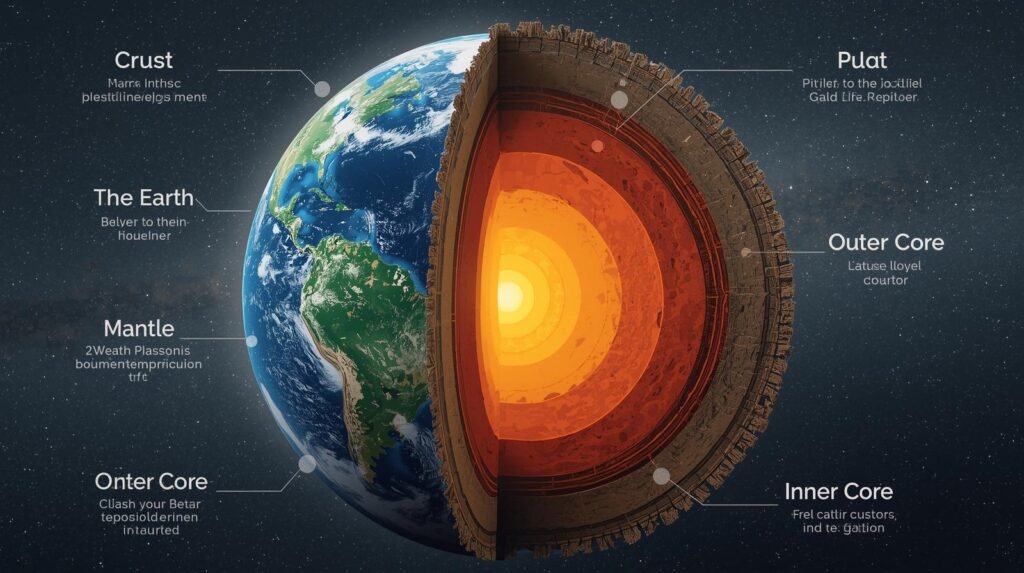
Core – At the centre of the Earth lies the core. A liquid outer layer surrounds a solid inner core. Iron and nickel form the main components of both layers.
Movements within the core create the Earth’s magnetic field, which protects the planet from harmful solar radiation.
The Earth offers a stable foundation for life, with its mountains, plains, rivers, and channels reflecting a natural balance and harmony that sustain living organisms. These features demonstrate the planet’s unique suitability for life, a blessing not found on other planets, its creation by divine wisdom being the survival of life.
Conclusion:
The Earth is a remarkable creation, combining scientific complexity with signs of divine design. From its layered depths and dynamic surface to the oceans and atmosphere that support life, the Earth illustrates a balance of strength and delicacy.
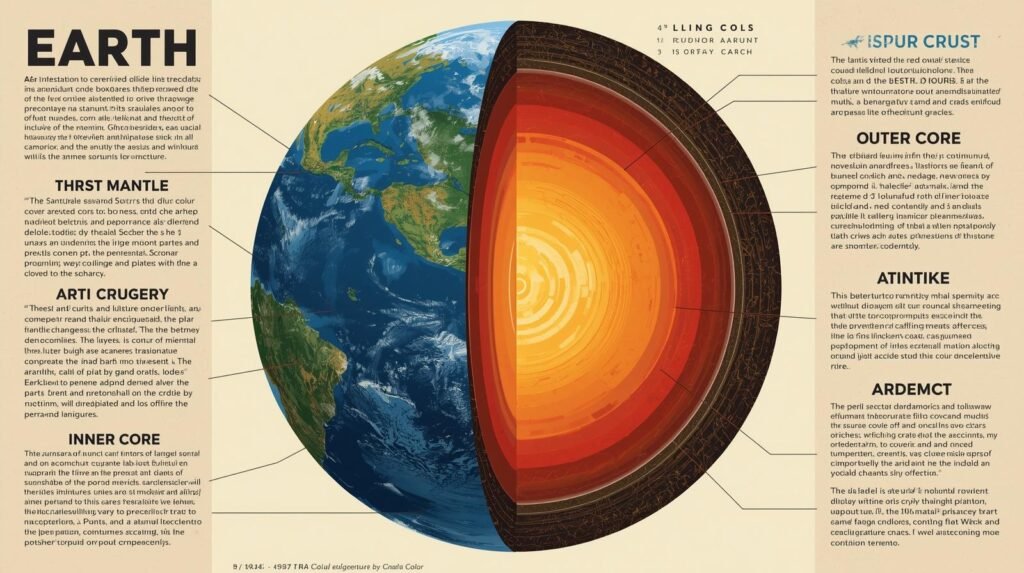
Across cultures, philosophies, and religions, humans have sought to understand Earth’s origins, reminding us of our duty to respect, protect, and cherish our planet.


